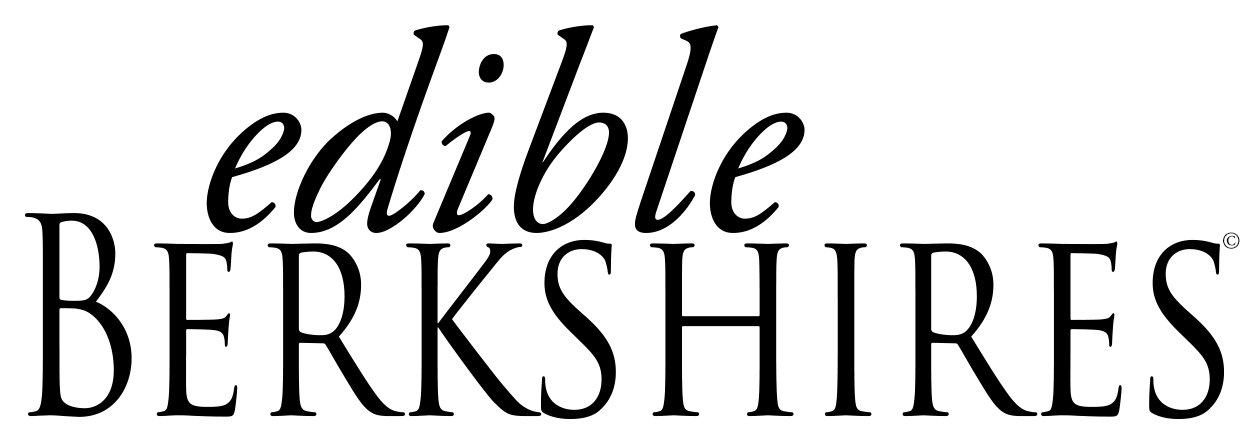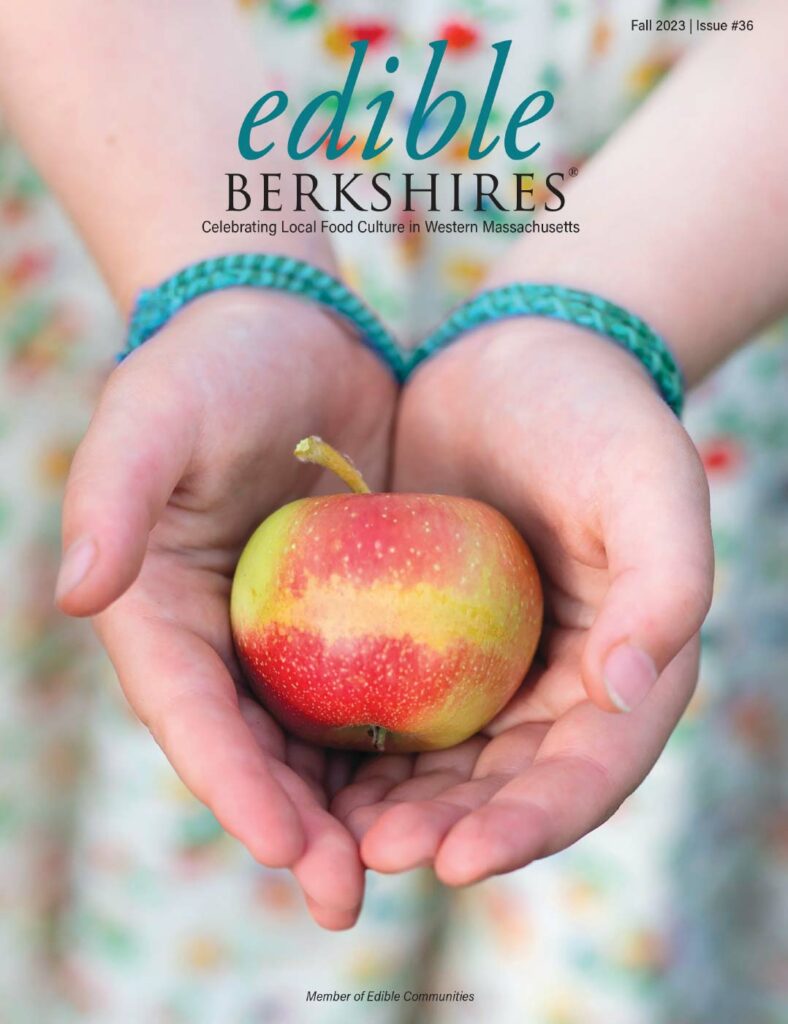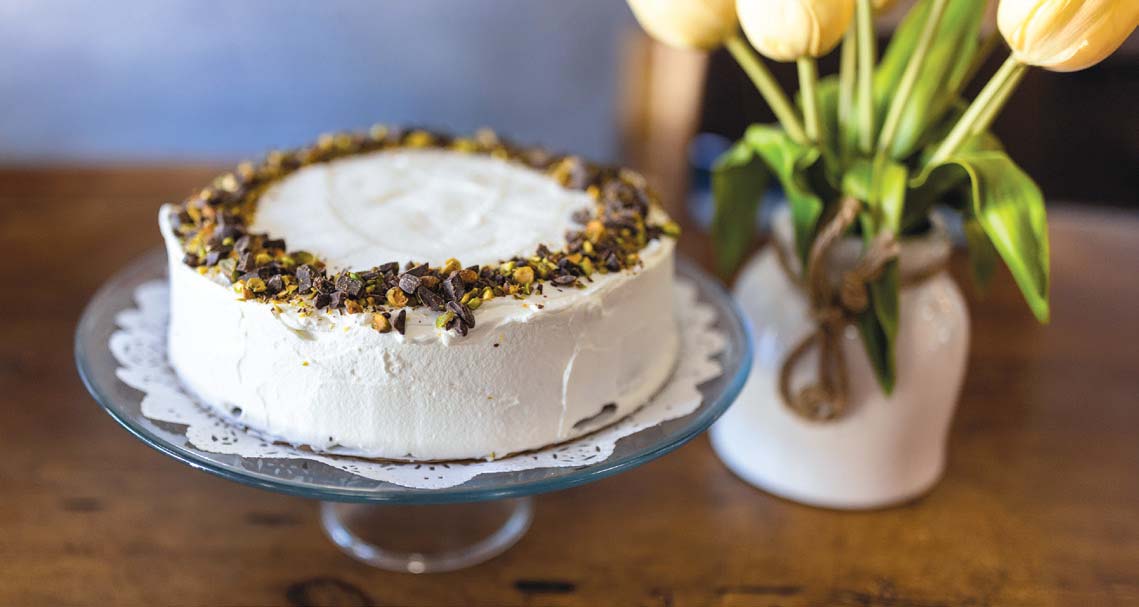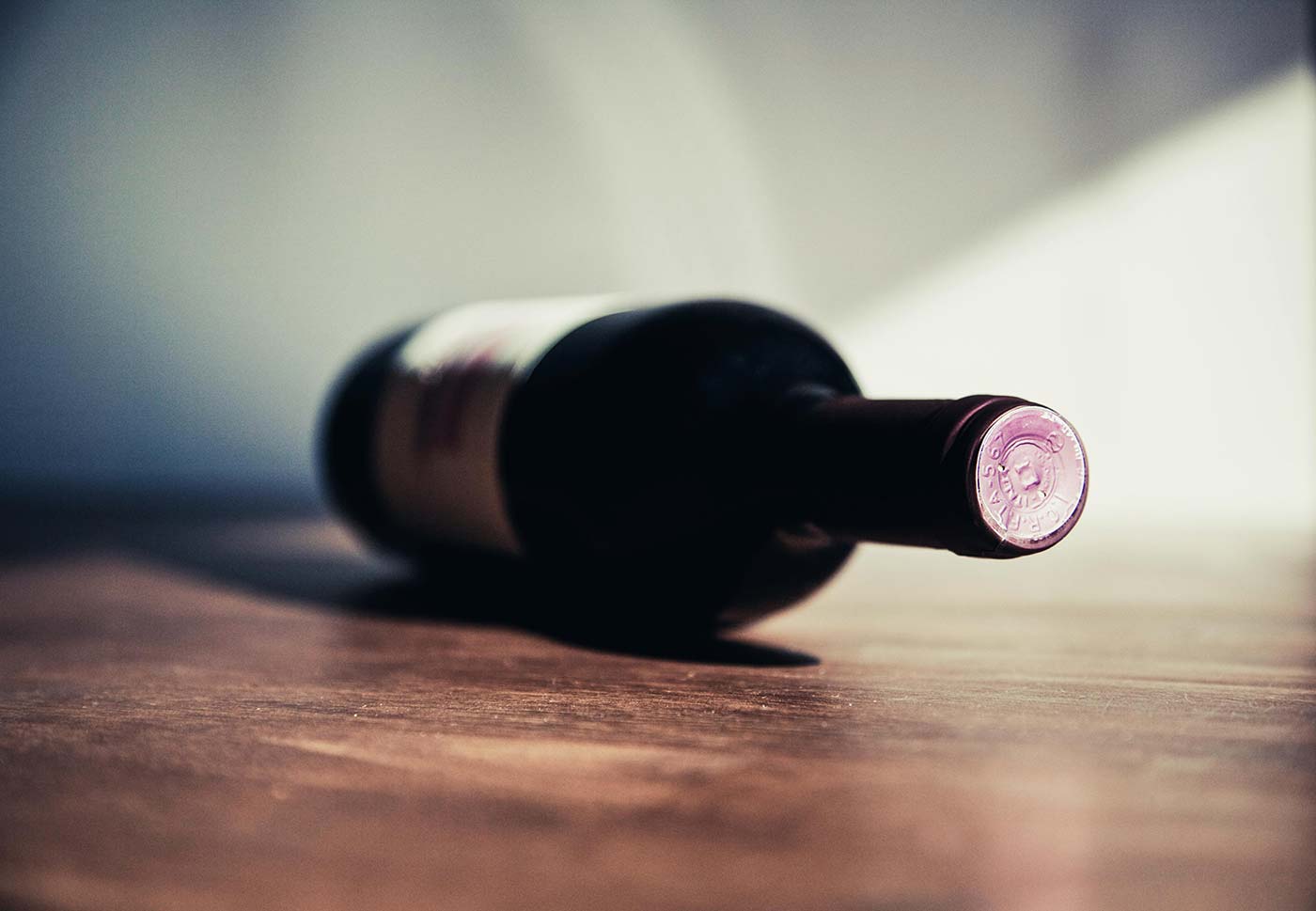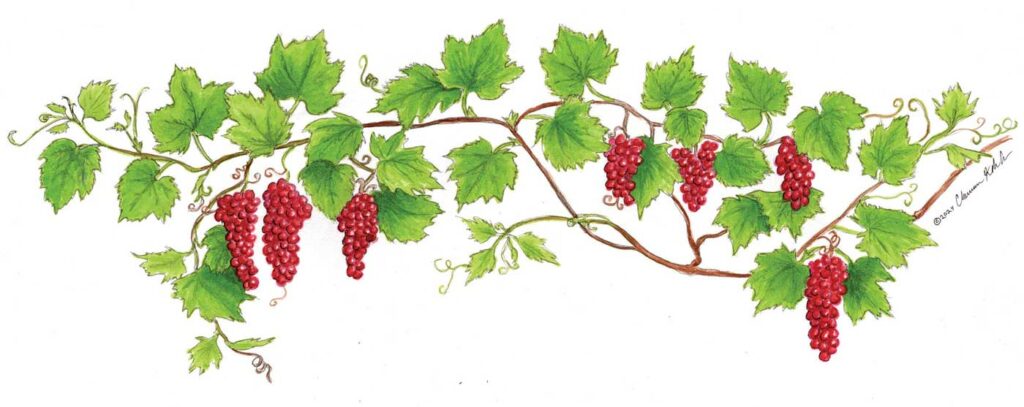
Tasting wine is more than just sipping; it’s an experience that can evoke cherished memories or transport you to a place you long to be. However, formal wine tastings, wrapped in ritual and complex terminology, can sometimes feel intimidating. But they don’t have to be!
Just as you eagerly anticipate a great concert, an intense championship game, or a long-awaited movie, a wine tasting should be about embracing the expectation of a personal, multisensory journey. To make the experience more approachable, I propose a simple framework as a guide to truly savoring wine.
Let’s start with my four simple rules:
- Take your time. There’s no need to rush when tasting wine; enjoy the experience.
- Describe in your own words. Everyone’s perception is different, so don’t worry if someone else uses different terms. There is no right or wrong answer.
- Understand your preferences. As you taste, think about why you prefer one wine over another.
- Practice makes perfect. The more you taste, the better you’ll become at identifying flavors and aromas.
DISCOVER WINE WITH YOUR EYES
To fully appreciate the beauty of the wine you’re about to taste, start by pouring it into a clear stemmed glass. Holding the glass by the stem prevents your hand from warming the wine, while the clear glass allows you to observe its true color.
Next, examine the wine against a white background, such as a sheet of paper. The color of the wine is the first identifier for what is in your glass. For reds, the color can go from light purple to deep garnet. The whites can vary from very pale greenish straw to deep gold. The chart at left gives some examples for popular wines.
Color can indicate the wine’s age. A vibrant color indicates a younger wine, often with bright acidity and pronounced fruit aromas. In contrast, a more muted shade indicates aging. As red wines mature, their tannins soften, making them smoother. White wines, on the other hand, deepen in color, developing golden tones and a silkier texture.
Finally, gently swirl the wine and observe the “tears” or “legs” forming on the inside of the glass. These streaks indicate the wine’s alcohol and sugar content; the more pronounced they are, the higher the wine’s viscosity, sugar, and alcohol level.
COMMON WINE COLORS
Light Whites (straw)
Pinot Grigio, Sauvignon Blanc, Albariño
Medium Whites (lemon)
Chenin Blanc, Viognier, Marsanne
Deep Whites (gold)
Chardonnay, Sémillon, Trebbiano
Light Reds (purple)
Pinot Noir, Nebbiolo, Gamay
Medium Reds (ruby)
Merlot, Grenache, Tempranillo
Deep Reds (garnet)
Syrah, Malbec, Cabernet Sauvignon
DISCOVER WINE WITH YOUR NOSE
For most, smell is the least developed of the senses, but it can be trained. Professional sommeliers, who can identify a wine with just one sniff, are like athletes in their field. Through rigorous practice, much like master perfumers, they develop an olfactory memory that allows them to recognize and isolate multiple aromas.
A glass of wine can contain up to 1,000 aromatic compounds. The molecules in grapes are highly complex, and as wine ferments and ages, these molecules break down into simpler elements that mimic the aromas of fruits, flowers, and other natural scents. Interestingly, wines made from cherries or blueberries don’t develop such aromatic complexity during fermentation, highlighting the unique nature of grape-derived wines.
Three types of aromas can be identified.
- Primary Aromas: These come directly from the grape and are the most immediate and recognizable scents in a wine. They can be fruity, floral, or herbaceous and serve as key identifiers. For example, cabernet sauvignon often presents black fruit aromas while viognier typically exhibits hints of mandarin and peach.
- Secondary Aromas: These develop during the winemaking process, particularly through fermentation. Yeast fermentation can produce aromas like bread, biscuits, and brioche, often found in Muscadets. Malolactic fermentation, which softens acidity, can create a buttery aroma, a hallmark of many California chardonnays.
- Tertiary Aromas: These emerge during aging, whether in oak barrels or bottles. Oak aging contributes scents like cedar, eucalyptus, and vanilla, common in aged red wines. Aged sweet wines, such as Sauternes or rieslings, may develop spicy, honeyed, or tobacco notes over time.
COMMON WINE AROMAS
Red Fruits
Strawberry, Raspberry, Cherry, Cranberry
Black Fruits
Plum, Blackberry, Black Currant, Blueberry
Citrus
Lemon, Lime, Grapefruit, Tangerine
Tropical Fruits
Mango, Passion Fruit, Lychee, Banana
Orchard Fruits
Apricot, Peach, Apple, Pear
Floral
Acacia, Violet, Rose, Chamomile
Herbal
Eucalyptus, Fennel, Mint, Grass
Spice
Cinnamon, Clove, Pepper, Nutmeg
Mineral
Flint, Gas/Petrol, Tar, Wet Wool
Wood
Vanilla, Cedar, Coffee, Tobacco
DISCOVER WINE THROUGH TASTE
As you swirl the wine in your mouth, focus on some of its defining attributes.
- Intensity: Do the flavors match what you expected from the aromas?
- Body: Does the wine feel light, medium, or full in your mouth?
- Complexity: Do you notice multiple flavors emerging as you taste?
- Finish: After swallowing, does the taste linger or disappear quickly?
- Tannins: (red wines only) are molecules that provide structure and help wines age well. To assess tannins, move the wine between your upper lip and gums—if you feel dryness after swallowing, the wine has noticeable tannins. High tannins mean good aging potential.
- Acidity: is present in all wines but stands out in dry whites. High acidity makes your mouth water and creates a tingling sensation on your tongue, adding crispness and freshness to the wine. Balanced acidity makes the wine lighter and pleasant to drink.
And now, you are ready to taste like a pro!
Invite a few friends, gather three wines, taste and compare. With consistent practice, you’ll be amazed at how much your senses of smell and taste improve and how many nuances you can catch!
Cheers!
